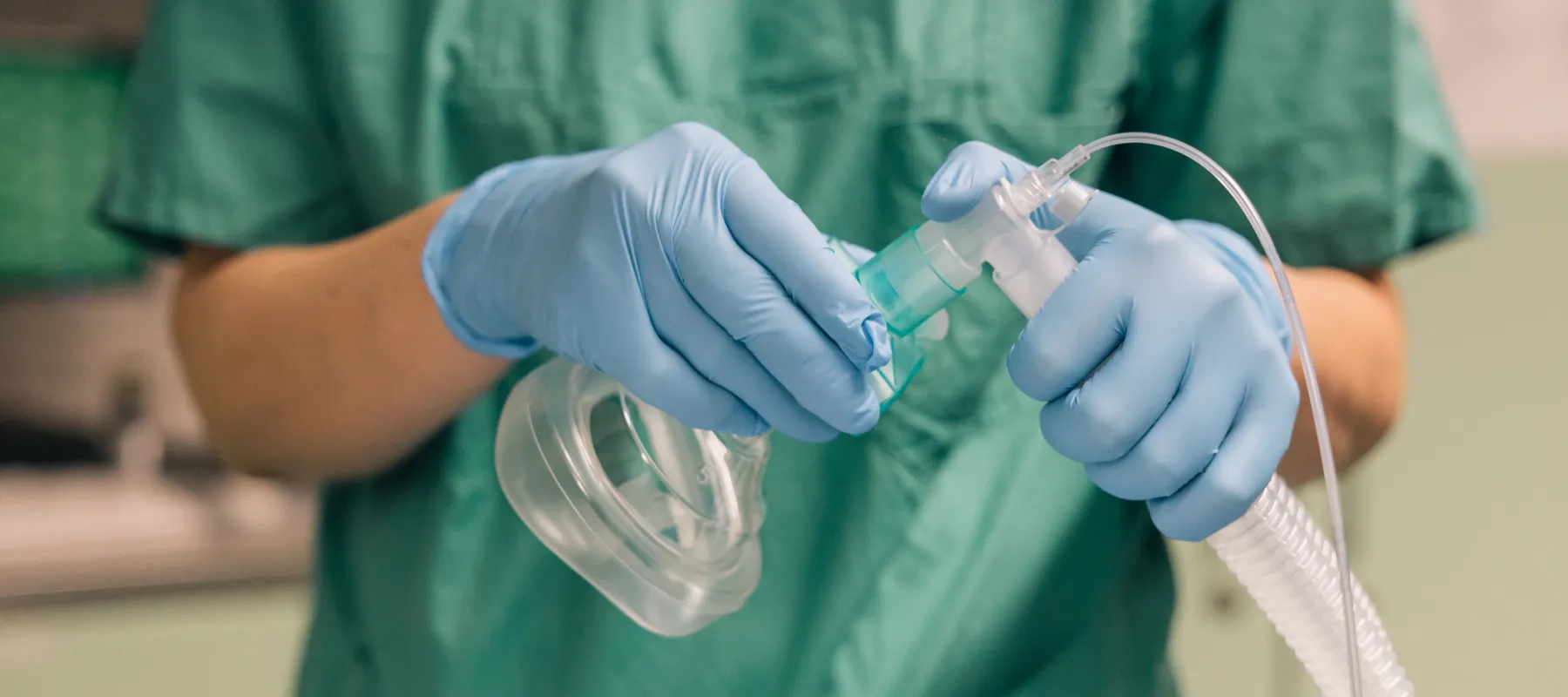
What Kind of Anesthesia Will I Have, and Will I Be Awake During Surgery?
Written by: Dr. Timothy Alton
Types of Anesthesia
The two most common types of anesthesia for knee replacement are spinal anesthesia and general anesthesia. Both are safe and effective, and the choice depends on your health and preferences. We review these options with each patient in advance.
Spinal Anesthesia
With spinal anesthesia, medicine is injected near the spine to numb the lower half of the body. Patients remain awake or lightly sedated, but they do not feel pain during the surgery. Many patients like this option because it allows for quicker recovery and fewer side effects after surgery. Most patients describe the experience as surprisingly easy and comfortable. It is like having a colonoscopy in that patients don't remember the surgery and wake up quickly with less side effects.
General Anesthesia
General anesthesia involves being fully asleep with a breathing tube during surgery. This may be recommended for patients who prefer not to be awake or who have certain medical needs. It is a safe and common option with predictable results. Patients wake up in the recovery room with no memory of the procedure.
Sedation and Comfort
Even with spinal anesthesia, sedation can be used so you are relaxed and comfortable. Many patients remember little or nothing from the procedure. The anesthesia team works closely with you to ensure you remain comfortable and safe the entire time. Your preferences are always taken into account.
Safety Measures
Your anesthesia plan is carefully tailored to your health, medical history, and preferences. Modern monitoring and techniques make anesthesia extremely safe. Patients are continuously monitored before, during, and after surgery. Special attention is given to patients with conditions like sleep apnea, heart disease, or lung issues.
Recovery from Anesthesia
After surgery, patients recover in the post-anesthesia care unit (PACU). Nurses monitor vital signs and ensure patients wake up comfortably. Side effects like grogginess or nausea are typically short-lived and well managed. Most patients feel clear-headed within a few hours.
Conclusion: Safe and Personalized
Your anesthesia plan is customized to your needs. The goal is always to keep you safe, comfortable, and free of pain during surgery. Most patients are pleasantly surprised at how smooth the experience is. Whether spinal or general anesthesia is chosen, you can feel confident knowing that safety and comfort are the top priorities.
